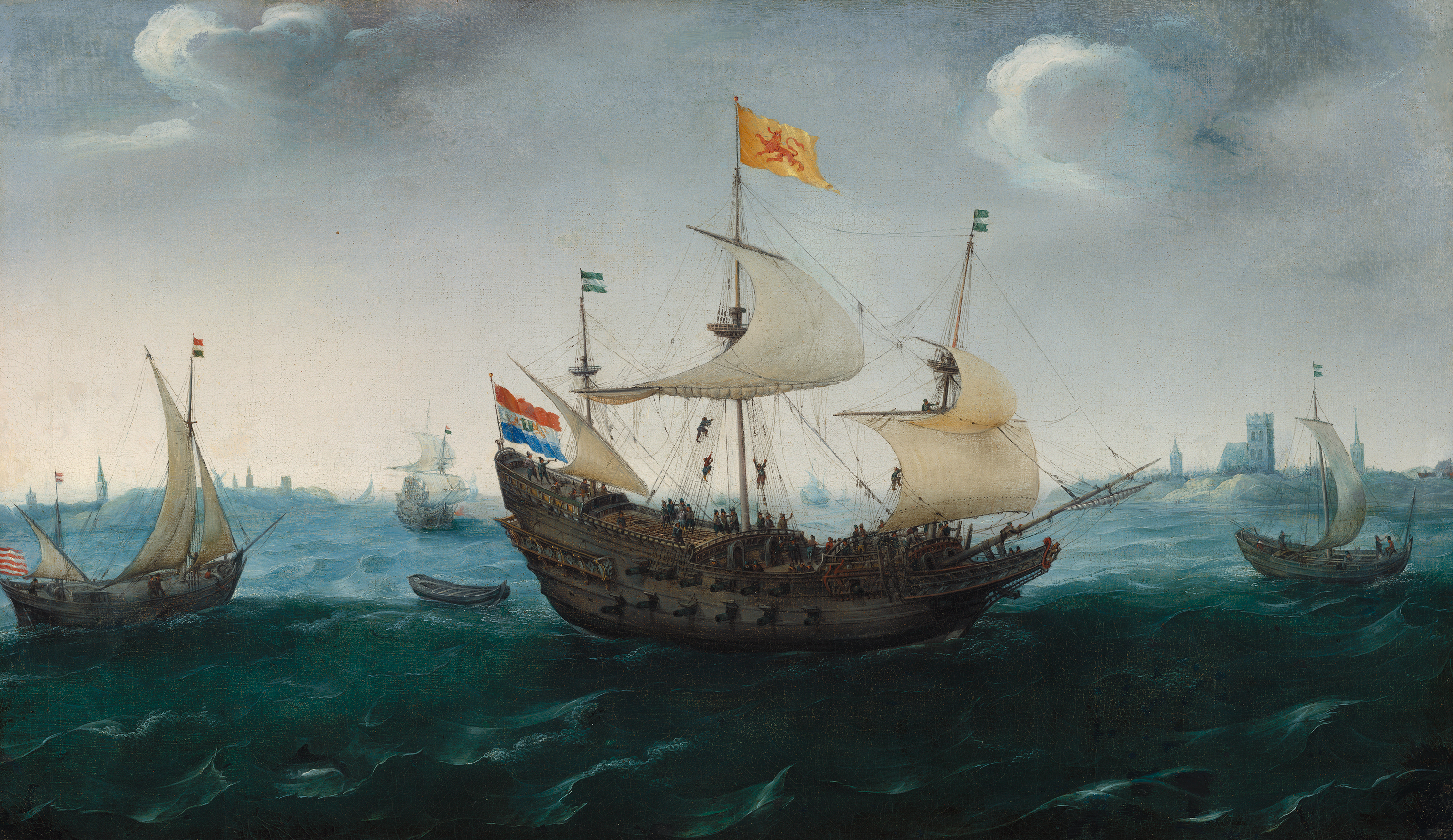
In grade school we celebrated the immigration of the Mayflower’s European Pilgrims to Plymouth Rock, Massachusetts, in 1620 and the first encounter with the Native American tribes, conveniently forgetting the latter had lived in the hemisphere for 1,000 years.
This month historians also recognize the arrival of The White Lion in 1619 near Jamestown, Virginia, (ironically then Point Comfort) carrying the first twenty blacks from Africa, who were pressed into service that August.
Nearly twenty years later near the beginning of the Great European Migration, the British three-mast Rose crossed the Atlantic Ocean carrying the ancestor of Abraham Lincoln, reaching Massachusetts’ coastal beaches in 1638.
First immigrants without freedom
The captain of an English privateer ship White Lion captured twenty Africans from a Spanish slave ship in the Caribbean and bartered them for food in Jamestown, Virginia. Most of these Africans were later found to be freemen or indentured servants kidnapped from their homes in Africa, double-crossed by rival warriors.
The usual travel route from Africa was to the West Indies and South America, where humans would be sold in exchange for their knowledge of warm-weather crops, like rice and tobacco. The Africans’ experience with tobacco planting and curing would prove to be invaluable to Southern plantation owners well into the future, but it didn’t free the Africans from the backbreaking work. Many Africans aboard White Lion could already read and write, being taught by the Jesuit missionaries.
Native American-Colonist relations collapse
Disagreements between Colonists and Native Americans over valuable fishing rights along the Virginia coast launched the 1622 massacre. The loss of trust that began between the inhabitants of the Virginian outpost and the Powhatan tribes would be repeated with others and continue for centuries, move to the nation’s interior with migration, cost hundreds of thousands of lives, foster America’s reputation for horror, and create unimaginable suffering among both.Yet as the years progressed, settlers coveted the vast resources of America, realized its internal beauty, and risked their lives for a rung on the ladder to America’s success. European diseases and the government policies decimated the Native population and pushed most of the tribes off Eastern land and into the interior, where battles ensued until after the Civil War.
Great Migration builds a nation
Orphan Samuel Lincoln, like others 400 years later, took a chance that life would be better in America than it was in 17th century England. He walked aboard the Rose on April 8, 1638, leaving the Port of Great Yarmouth for Salem, Massachusetts. A 15-year-old weaver, Samuel launched the Lincoln family in America, later participant in the nation’s debate and eventual war over slavery. A Puritan, he may also have fled the British monarch’s reign of terror against his religion, part of a continuous loop of persecution to be repeated over centuries. After raising his family, Samuel lent a hand to help build Boston’s Old Ship Church, which still stands.
2019: Immigrants come in caravans, buses, and on foot
Today there’s vastly more knowledge about the language and customs of those coming to America today–a more populous, wealthy nation thought to be more sophisticated than in the 17th century. Yet instead of making it easier to complete immigration respectfully, through inquiry, paperwork review, and court decisions where needed, it has become mangled, stalled and abused.
Today developing trust between people who don’t speak your language, look or dress like you, and/or practice a different religion, requires an open mind, makeshift communication, fair dealing, and takes more than one season to accomplish. Trust and friendship developed carefully over time can be destroyed within an instant.
Now in place of tolerance we have built up a dangerous barrier of fear, suspicion, and prejudice greater than any eight-foot wall. The nation that coveted a reputation for freedom has separated parents from their children and created a toxic environment anxious that small children would step onto American soil, least they get accustomed to liberty.
Changing perceptions
It wasn’t until after 1660 or 1700 in America that an African would be determined on sight to be a slave. Prior there were a range of possibilities. Later in the 18th century racial categories and working classes hardened. A man or a woman’s skin color would determine their status. In the earlier years whites and blacks, particularly those without resources, would work together in the fields or manor houses without distinction, according to Tim Been, Professor of American History, Northwestern University.
The slave trade did not exist in 1619 between the American colony and Africa. While the work performed by the initial 20 African men may have qualified as slavery, it wasn’t technically until 1623 when John Tucker became the first “slave for life.” His African parents, Anthony and Isabel, were indentured to Captain William Tucker. John, not seeing the future he desired, ran away with two white indentured servants. When they were captured, John was sentenced was to a life of “perpetual slavery,” as a punishment and deterrent to others. The white indentured servants returned to serve out their time, then be freed.
Are Greed and Intolerance baked in?
Millions have followed Abraham Lincoln’s great-great-great-great-great-grandfather in braving the perils of the North Atlantic, the Pacific, turbulent flights, and perilous deserts to reach these shores. The talents and skills of these immigrants have created the wealth and liberties we have today, but now it is time to apply what we have learned and once again become a fearless country based on justice and fairness for all.
This planet appears smaller than it did in the 17th century now that 7.7 billion people reside upon it, according to the United Nation’s World Report, August 2019. Humans using their intelligence, will, and power to solve, not create, problems will begin to realize the possibilities in a world managing human potential, not abusing it.
